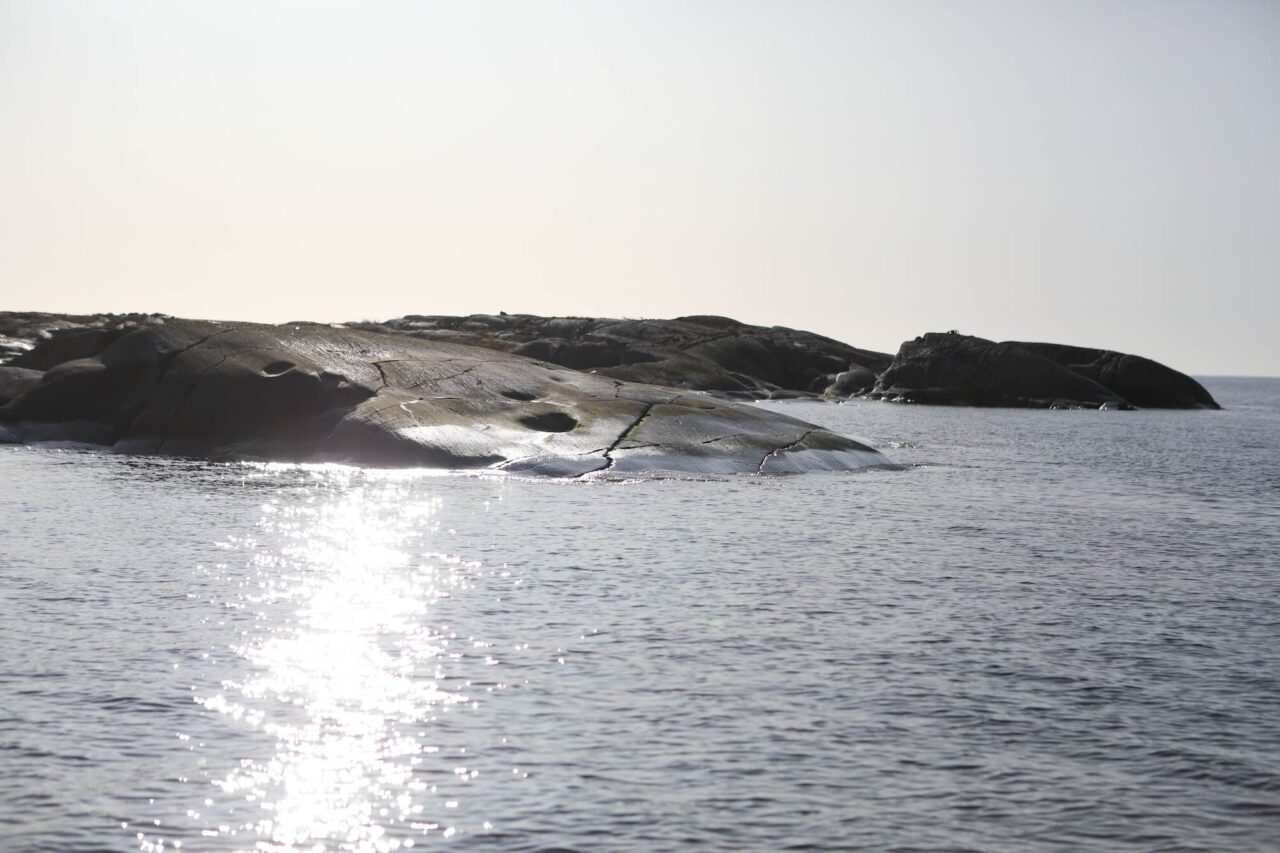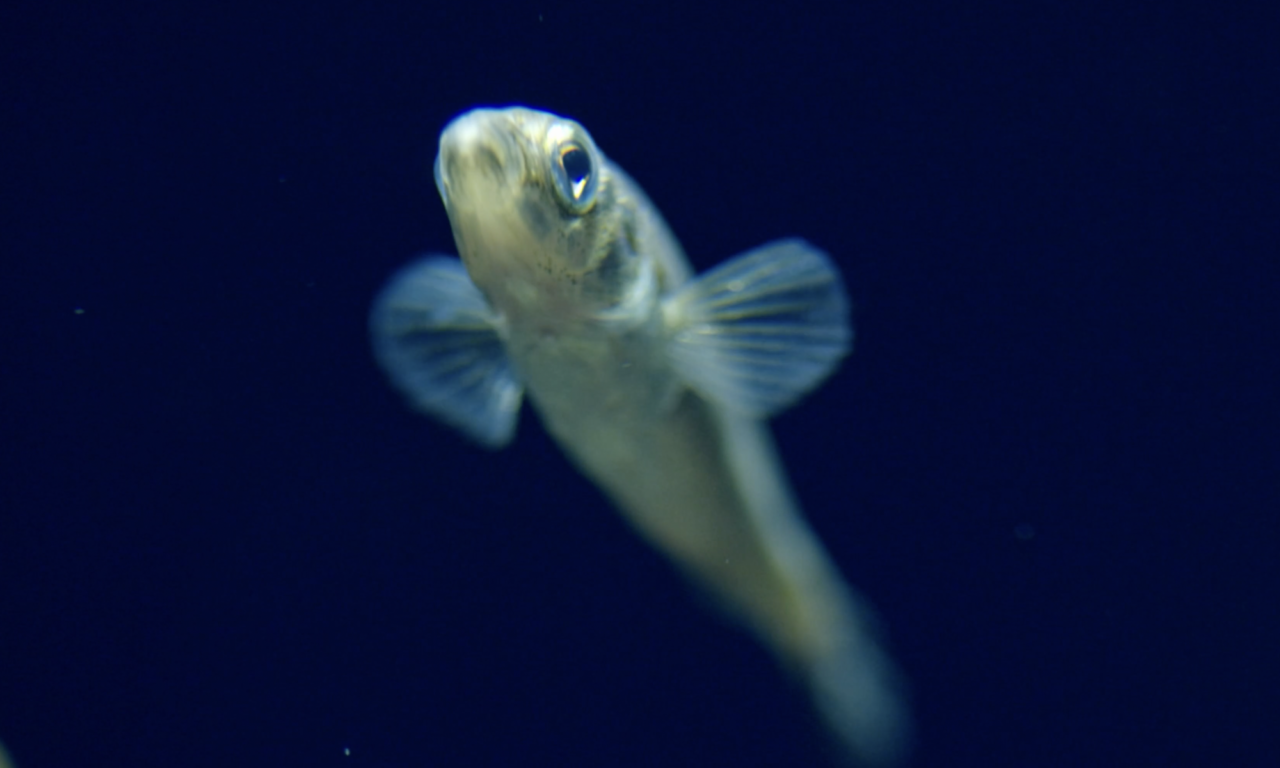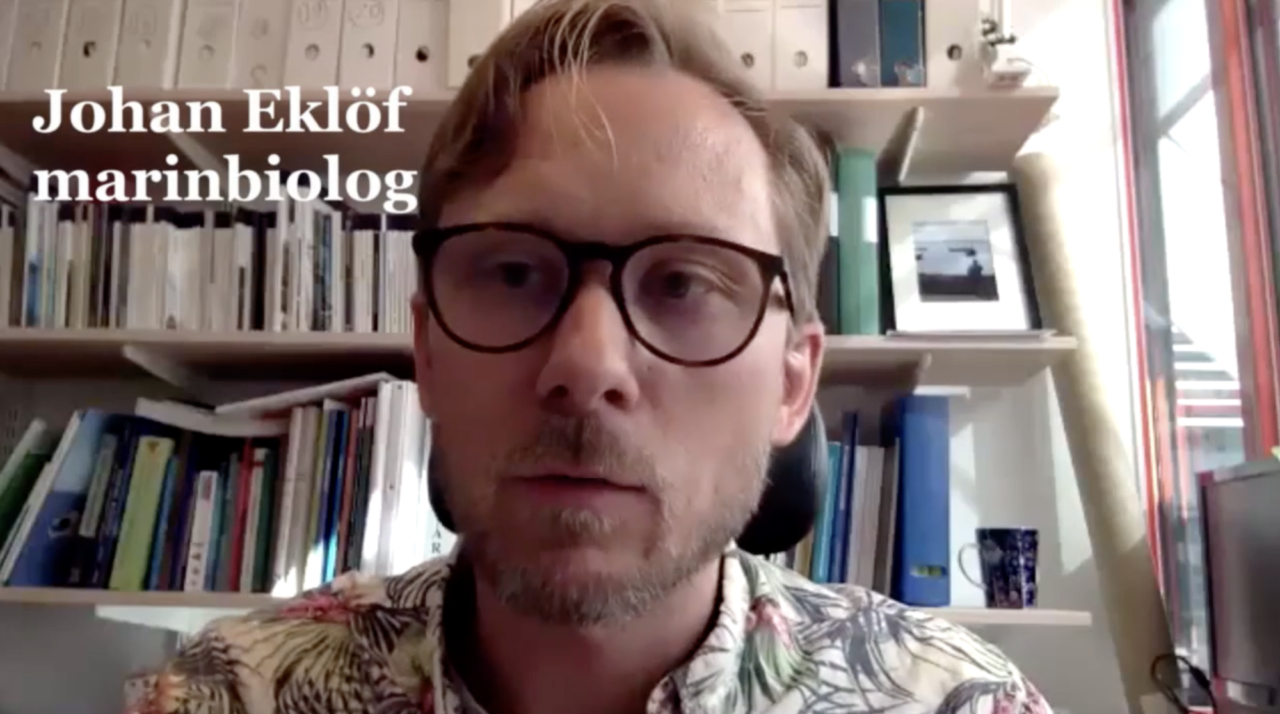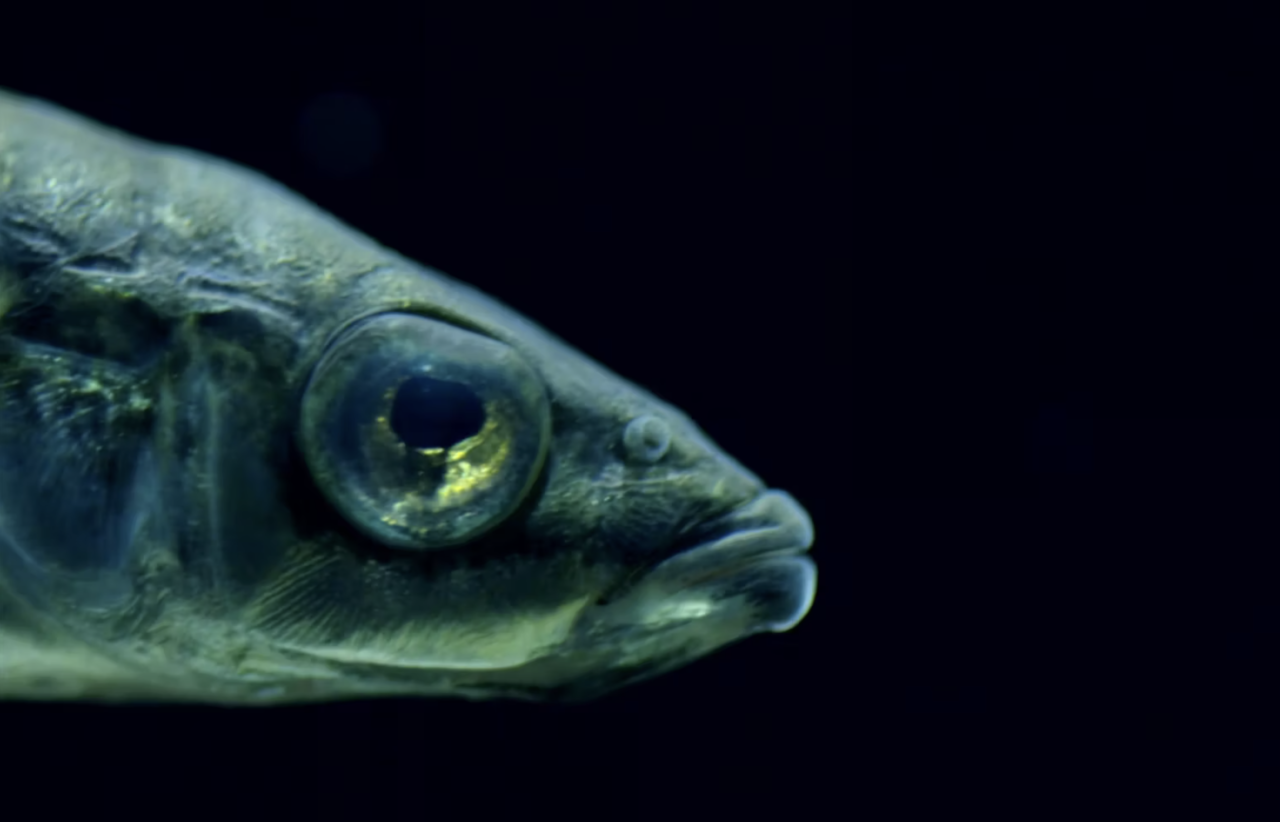
I am now forbidden to fish for cod and the pike has disappeared from my bay. I'm looking for scapegoats. Who is responsible for the condition below the surface in the Baltic Sea? Small-scale professional fishermen along the east coast have been raising the alarm for several years that the herring has declined sharply. At the same time, the large-scale trawling in the open sea has continued to catch large quantities, which have gone directly to the fishmeal factories in Denmark.

In recent years, the stickleback has increased dramatically in the Baltic Sea. According to an as yet unpublished study that Vetenskapsradion has taken part in, it is estimated that in some places there is eleven times as much stickleback as it was 20 years ago.

Now it is scientifically confirmed. The number of herring fry is dramatically decreasing in the Stockholm archipelago. Scientists suspect that large-scale industrial fishing is largely to blame for the disappearance of herring. Today, the big stickleback reigns: "It's like a locust invasion," says Gustaf Almqvist, a fishing expert at the County Administrative Board in Stockholm.

The Baltic coast has undergone a regime change, write researchers at Stockholm University in a new study. The inland sea, where pike and perch dominate the coasts, is on its way out. Now it's the little big stickleback that slowly but surely seems to be gaining the upper hand

There are fifty times more sticklebacks in the Baltic Sea today than in the late 1980s. The small fish threatens the regrowth of the pike

The big stick has become one of the really serious environmental problems in the Baltic Sea